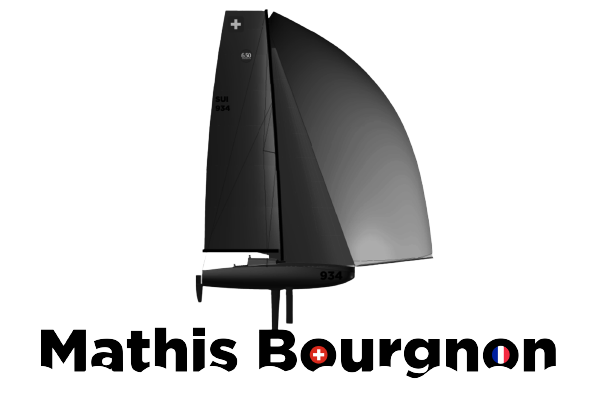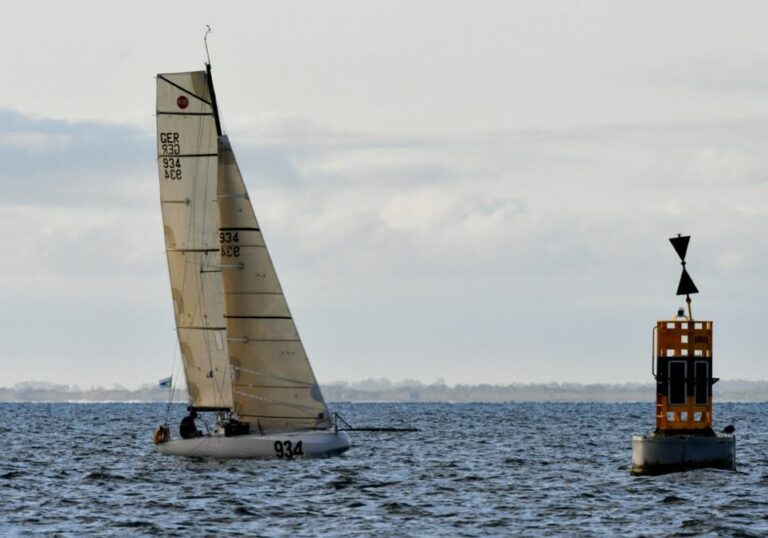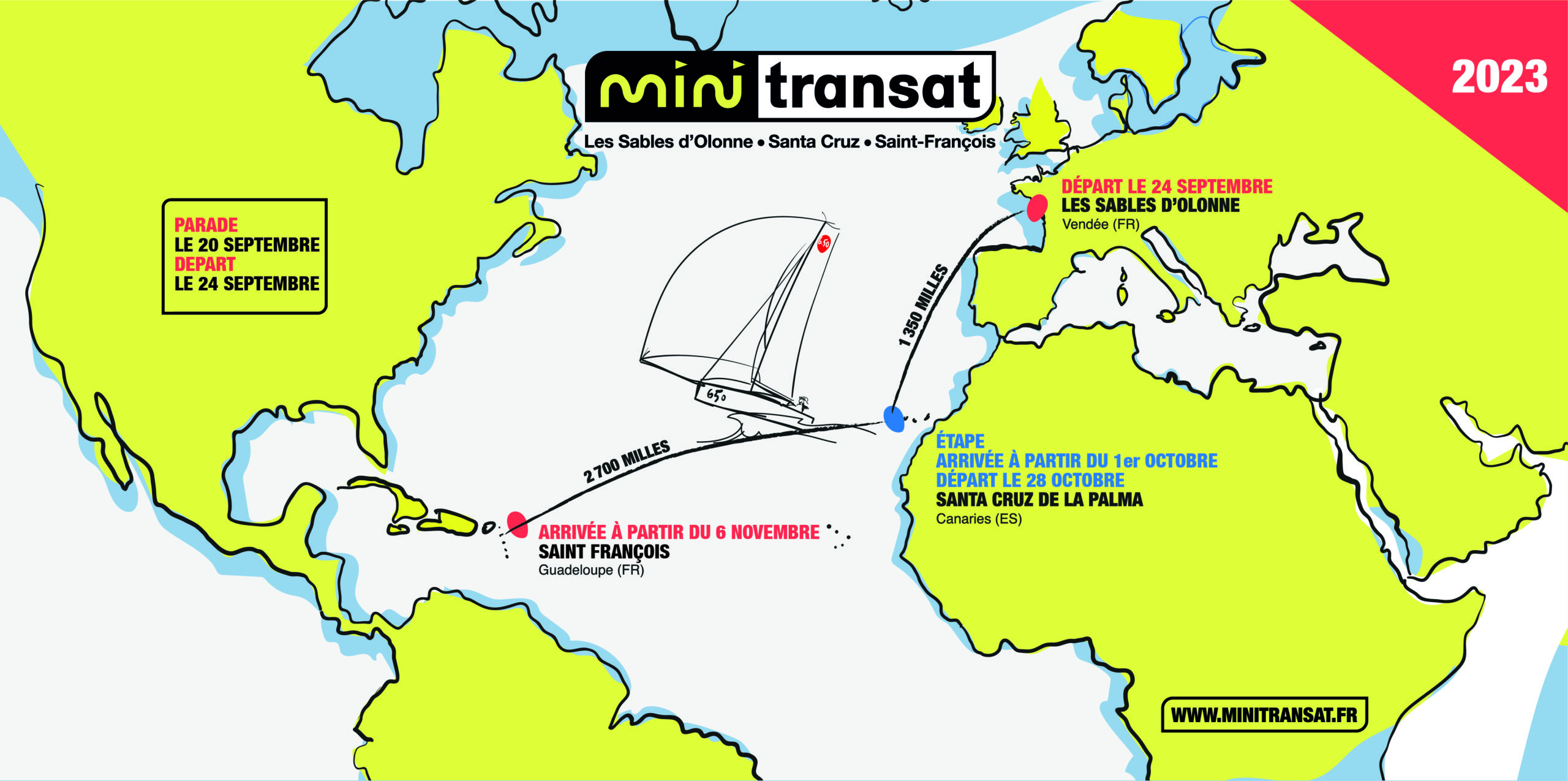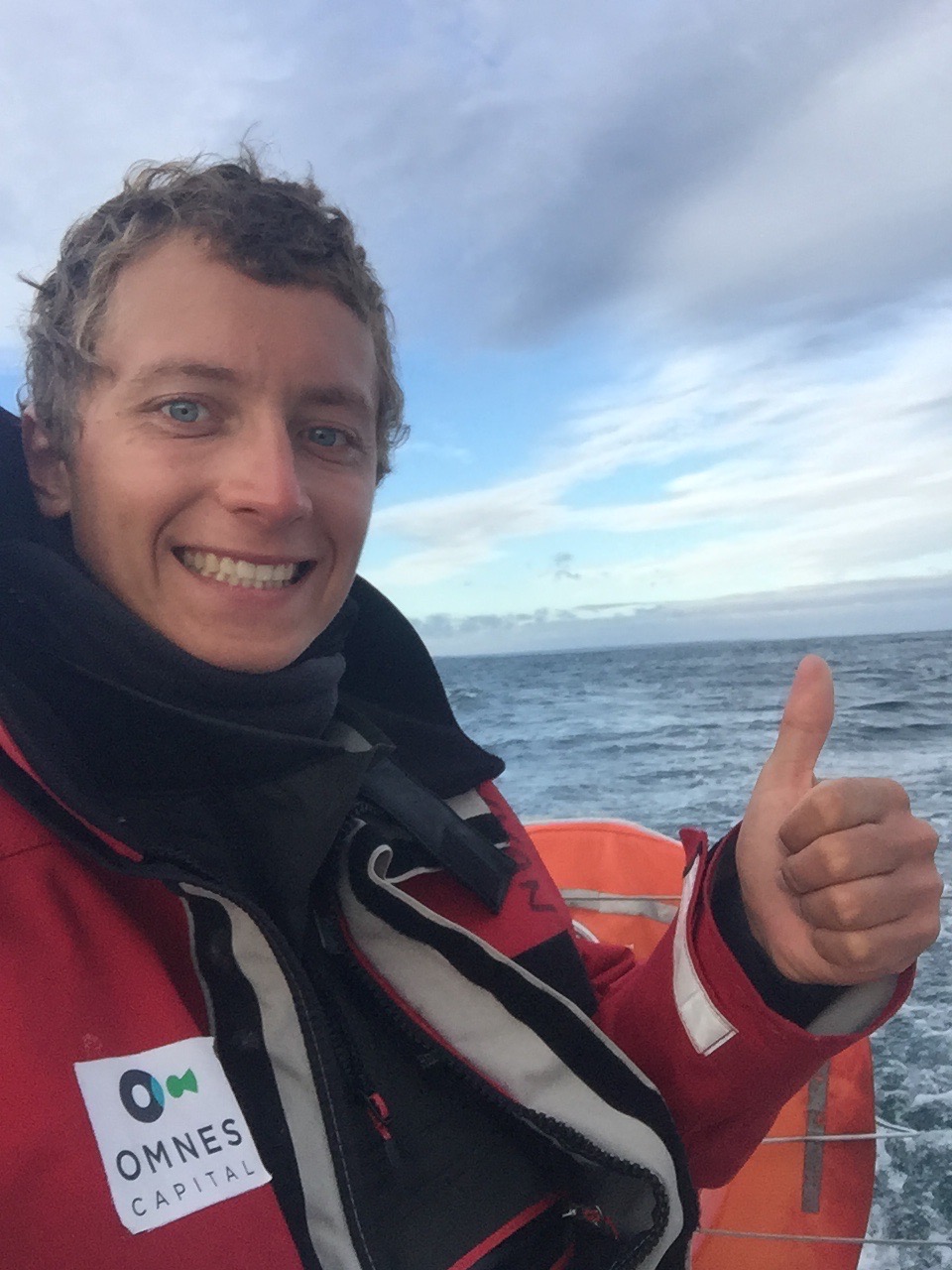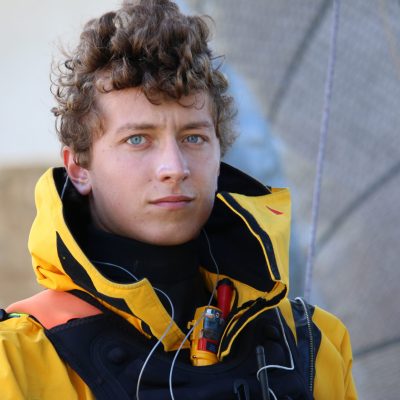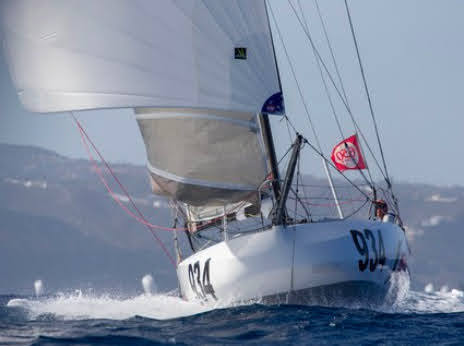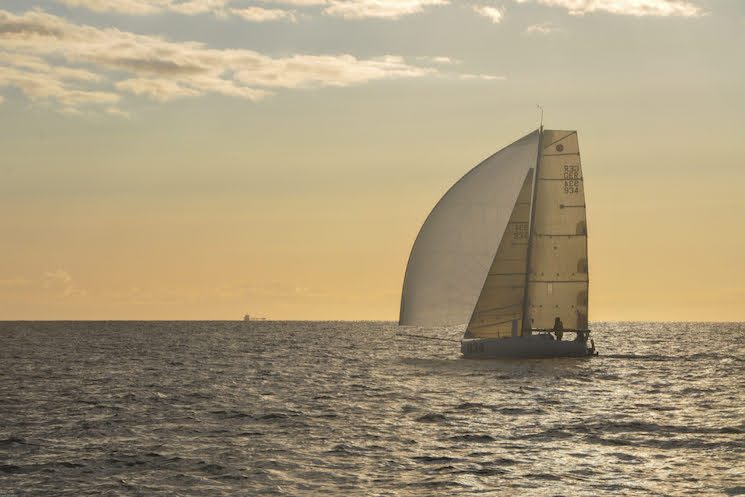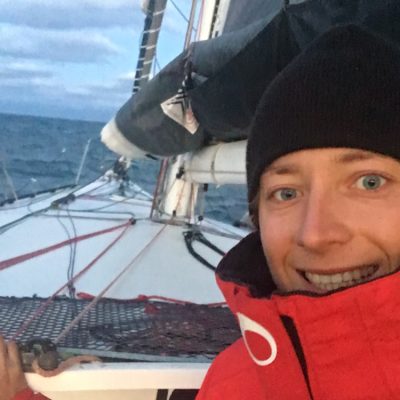Towards the Mini Transat 2025
A unique and extraordinary adventure.
To make my debut in offshore racing in a boat with shelter.
After the English Channel Record…
After the Mediterranean Record…
After the 24H Distance Record…
After the SNSM Record…
Only offshore sailing on a non-inhabitable catamaran in the form of a record.
It’s time to start the school of offshore racing, on a liveaboard boat. Learn to sail single-handed. Try your luck in a mythical race.
Objective Win
By taking the project early enough, working over several years, I give myself every chance to progress and aim for a place as a favorite at the start of the Mini Transat 2025.
The Race
Created in 1977 by Bob Salmon with the aim of reviving the adventurous spirit of the first transatlantic races, and organized every odd year since, the 24th edition of the race, which will start on September 24, 2021, will bring together 84 sailors, including future great names in sailing and others who have come to realize a dream of the sea and of freedom.
And for good reason, raced solo and without assistance aboard 6.50 meter sailboats, the event is a real school of ocean racing, where the skipper must be versatile and autonomous to move his boat forward despite the demands of the exercise.
Yes, an Atlantic crossing, without satellite weather routing or any contact with the land, is not a trivial matter.
“Apart from round the world races, I don’t know of any other race as extraordinary. There are as many possible winners as there are competitors at the start”, summarizes Jean-Luc Van Den Heede, who now has more than a dozen circumnavigations to his credit.
As traditionally, the crossing will take place in two stages, on a new course, starting from the city of Les Sables d’Olonne, with a stopover in Santa Cruz de La Palma in the Canary Islands, then an arrival in Saint-François in Guadeloupe. This will guarantee a strong experience, rich in contrasting emotions!
The Course
The Ministes will set off on a 4,050-mile (7,500-kilometer) course from Les Sables d’Olonne to Saint-François in Guadeloupe, with a stopover in Santa Cruz de La Palma, the westernmost island of the Canary Islands. An original route, between tactics and strategy, full of traps to avoid.
In detail, the first part, 1,350 miles long and lasting about seven days, will immediately put the sailors in the bath. And for good reason, the segment between the start and Portugal can be quite challenging because of the headwinds and the possibility of gales.
The crossing of the Bay of Biscay is rarely easy and the passage of Cape Finisterre is often true to its reputation.
The second race, with its 2,700 miles that the leaders should take about two weeks to cover, will be played out mainly in the trade winds until the finish line.
However, two options are likely to emerge, with the northern orthodromic route on one side, and a southern shift on the other, in search of more pressure. On this part of the race, the Atlantic crossing itself, the sailors will have to be attentive, multiplying maneuvers and gybes, but also playing with the squalls and the shifts between the night and day trade winds.
